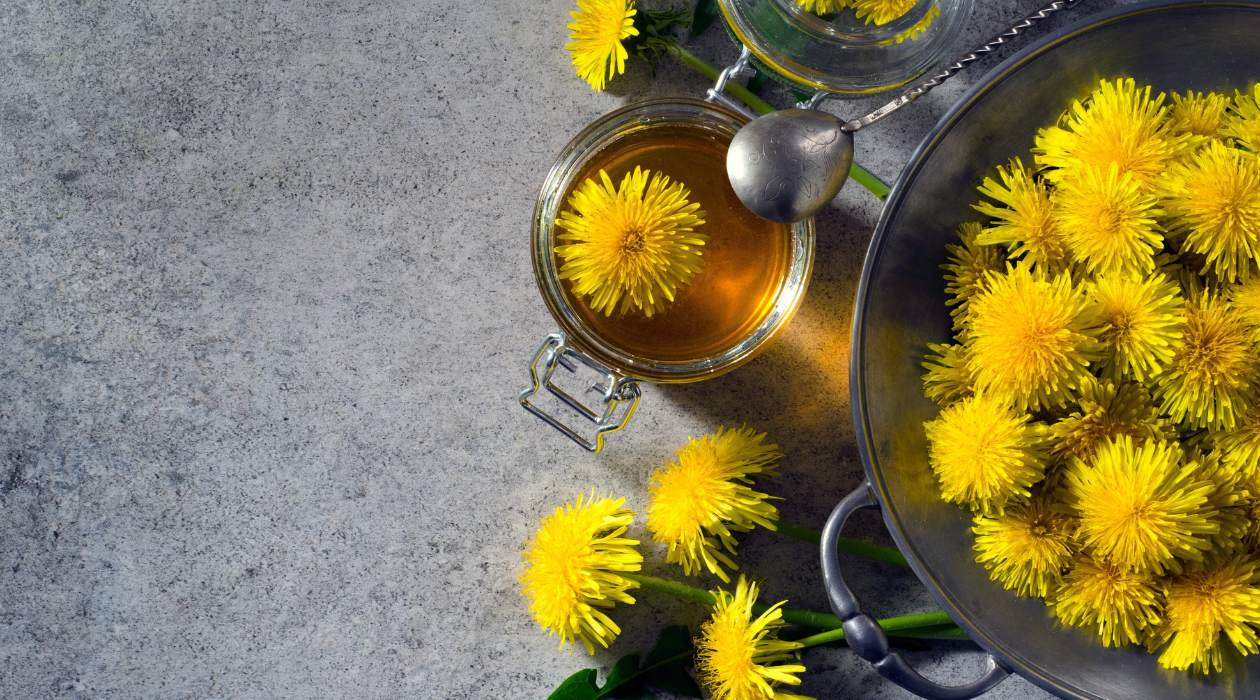

Articles
How To Store Dandelions
Modified: December 7, 2023
Learn how to store dandelions with these helpful articles. Preserve the freshness and medicinal properties of dandelions for longer periods.
(Many of the links in this article redirect to a specific reviewed product. Your purchase of these products through affiliate links helps to generate commission for Storables.com, at no extra cost. Learn more)
Introduction
One often overlooked and underrated plant is the dandelion. While many people see it as a pesky weed invading their lawns, dandelions are actually incredibly versatile and beneficial plants. Not only are they packed with vitamins and minerals, but their leaves, flowers, and roots can all be used for various purposes.
In this article, we will explore the art of storing dandelions, so you can make the most of this abundant and nutritious plant. Whether you want to preserve the dandelion leaves for culinary use, save the vibrant flowers for crafts, or store the roots for medicinal purposes, we’ve got you covered.
By following a few simple steps, you can ensure that your dandelions stay fresh and usable for an extended period of time. So, let’s dive in and learn how to store these vibrant and versatile plants!
Key Takeaways:
- Embrace the versatility of dandelions by learning how to store their leaves, flowers, and roots for culinary, craft, and medicinal purposes. Make the most of this underappreciated plant year-round!
- Ensure a bountiful and healthy harvest of dandelions by following proper harvesting, cleaning, drying, and storing techniques. Enjoy the benefits of this versatile plant in your culinary, creative, and natural remedy pursuits!
Read more: How To Store Dandelion Greens
Step 1: Harvesting Dandelions
Before you can store dandelions, you need to gather them from their natural environment. The best time to harvest dandelions is in the early morning when the flowers are fully open and the dew has dried. Follow these steps to ensure a successful harvest:
- Choose a chemical-free area: Look for dandelions in areas that have not been treated with herbicides or pesticides. This ensures that the plants are safe for consumption and other uses.
- Identify mature dandelions: Select dandelions that have fully bloomed flowers and vibrant green leaves. Avoid picking plants with wilted flowers or yellowed leaves.
- Use a sharp tool: Use a clean and sharp pair of scissors or garden shears to carefully cut the dandelion stems close to the base, ensuring you don’t damage the plant.
- Collect the desired parts: Depending on your storage needs, you can collect the leaves, flowers, and roots of the dandelions. Be mindful not to pick more than you can properly store and use.
- Inspect the harvest: Once you have gathered the dandelions, carefully examine them for any signs of damage or insect infestation. Discard any damaged or unhealthy parts.
By following these steps, you can ensure that you have a bountiful and healthy harvest of dandelions to store for future use.
Step 2: Cleaning the Dandelions
After harvesting dandelions, it is essential to clean them properly to remove any dirt, insects, or impurities. Follow these steps to ensure your dandelions are clean and safe to store:
- Rinse with cold water: Start by rinsing the dandelions under cold running water. This will help remove any loose dirt or debris.
- Inspect for bugs: Carefully examine the dandelions for any insects or bugs hiding on the leaves or flowers. Remove them using your hands or a small brush.
- Soak in vinegar water: Create a mixture of one part vinegar and three parts water in a bowl or sink. Submerge the dandelions in the solution and let them soak for a few minutes. The vinegar helps kill any remaining bugs or bacteria.
- Rinse again: After soaking, give the dandelions a final rinse under cold water to ensure they are free from any vinegar residue.
- Pat dry: Gently pat the dandelions dry using a clean kitchen towel or paper towels. Avoid using excessive force, as you don’t want to damage the delicate leaves and flowers.
Once your dandelions are clean and dry, they are ready for the next step in the storing process. Make sure to handle them with care to maintain their freshness and integrity.
Step 3: Drying the Dandelions
Drying dandelions is an important step to preserve their flavor, aroma, and medicinal properties. By removing the moisture, you can extend the shelf life of the plant and use it in various recipes and applications. Here’s how to properly dry dandelions:
- Air-drying method: The simplest way to dry dandelions is by air-drying. Gather a small bunch of dandelion leaves, flowers, or roots and tie them together with a string or rubber band. Hang them upside down in a cool, dry place with good air circulation. This allows the moisture to evaporate slowly, preserving the quality of the plant.
- Dehydrator method: If you have a food dehydrator, you can use it to dry dandelions more efficiently. Spread the dandelion leaves, flowers, or roots in a single layer on the dehydrator trays. Set the dehydrator to a low temperature, preferably around 95°F (35°C), and let it run until the dandelions are completely dry. This method is quicker than air-drying and ensures even drying.
- Oven-drying method: If you don’t have a dehydrator, you can use your oven to dry dandelions. Place the dandelion parts on a baking sheet lined with parchment paper, ensuring they are in a single layer. Set the oven to the lowest temperature possible (usually around 150°F or 65°C) and prop the oven door open slightly to allow moisture to escape. Check on the dandelions regularly and remove them once they are dry but still vibrant in color.
Regardless of the drying method you choose, it is crucial to ensure that the dandelions are completely dry before moving on to the next step. This prevents mold growth and ensures the longevity of the stored dandelions.
Store dandelions in a plastic bag with a damp paper towel to keep them fresh. Place the bag in the refrigerator and use within a few days for best results.
Step 4: Storing Dandelion Leaves
Dandelion leaves are rich in vitamins and can be a valuable addition to your culinary endeavors. To store dandelion leaves properly and maintain their freshness, follow these steps:
- Ensure complete dryness: Before storing dandelion leaves, make sure they are thoroughly dried using one of the methods mentioned in the previous step. Any moisture left in the leaves can lead to spoilage.
- Use airtight containers: Transfer the dried dandelion leaves to clean, airtight containers. Glass jars with tight-fitting lids or resealable plastic bags work well for this purpose. Label the containers with the date to keep track of freshness.
- Store in a cool, dark place: Dandelion leaves are best stored in a cool and dark spot, away from direct sunlight and heat. A pantry or cupboard works well for this purpose. The optimal temperature for storing dried herbs is around 60°F to 70°F (15°C to 21°C).
- Avoid moisture exposure: Moisture is the enemy of dried herbs, so it is crucial to keep the containers away from areas with high humidity, such as the kitchen sink or refrigerator. Moisture can cause the leaves to become clumpy and lose their flavor.
- Check for freshness regularly: Dried dandelion leaves can retain their potency for up to a year if stored properly. However, it is a good practice to check the leaves periodically for any signs of mold, discoloration, or loss of aroma. Discard any leaves that show these signs.
By following these steps, you can have a steady supply of dried dandelion leaves at your disposal for use in teas, soups, stews, and other culinary creations.
Read more: How To Store Dandelion Flowers
Step 5: Preserving Dandelion Flowers
Dandelion flowers are not only beautiful but also have various uses in crafts, culinary creations, and herbal remedies. To preserve the vibrant colors and delicate structure of dandelion flowers, follow these steps:
- Choose fully bloomed flowers: Select dandelion flowers that are in their full bloom stage. Avoid picking flowers that are starting to wilt or have already turned fluffy.
- Gently remove the stem: Carefully separate the dandelion flowers from their stems. You can do this by carefully pinching the base of the flower and pulling it away from the stem. Take care not to damage the delicate petals.
- Pressing method: One common way to preserve dandelion flowers is by pressing them. Place the flowers between the pages of a heavy book or floral press, making sure they are spread out evenly and not overlapping. Apply pressure by stacking more books or adding weights on top. Leave them pressed for a few weeks until they are completely dry and flat.
- Silica gel method: An alternative method for preserving dandelion flowers is by using silica gel. Fill a container with silica gel and bury the flowers in it, making sure they are completely covered. Seal the container and leave it for a week or until the flowers have dried completely. Silica gel helps to absorb moisture and preserve the flowers’ shape and color.
- Seal and store: Once the flowers are completely dry, carefully remove them from the press or silica gel and transfer them to an airtight container. Store the container in a cool, dry place, away from direct sunlight or moisture.
Preserved dandelion flowers can be used in various crafts, such as making pressed flower art, decorative arrangements, or infused in oils for skincare products. With proper preservation, the vibrant beauty of dandelion flowers can be enjoyed for an extended period.
Step 6: Storing Dandelion Roots
Dandelion roots have long been used for their medicinal properties, particularly for supporting liver health and digestion. To store dandelion roots and ensure their potency, follow these steps:
- Clean and trim the roots: Start by gently scrubbing the dandelion roots under cold water to remove any dirt or debris. Trim off any side roots or damaged parts. Be careful not to remove too much of the main root, as that is where the medicinal properties reside.
- Dry the roots: Place the cleaned and trimmed dandelion roots on a clean, dry towel and let them air-dry for a few hours. This will help remove excess moisture and prevent mold or rot during storage.
- Cut or grind into smaller pieces (optional): Depending on your preference or intended use, you can either leave the dandelion roots whole or cut them into smaller pieces. This can make them easier to handle or prepare for herbal infusions and decoctions.
- Store in a cool, dark place: Transfer the dried roots to an airtight container, such as a glass jar with a tight-fitting lid. Find a cool and dark spot to store them, away from direct sunlight and heat. A pantry or cupboard works well for this purpose.
- Label and date the container: To keep track of freshness and potency, label the container with the date of storage. Dandelion roots can retain their effectiveness for about six months to a year if stored correctly.
- Check for signs of deterioration: Regularly inspect the stored dandelion roots for any signs of deterioration, such as mold, discoloration, or loss of aroma. If you notice any of these signs, discard the affected roots.
By following these steps, you can store dandelion roots and have them readily available for making herbal teas, tinctures, or incorporating into your health regimen.
Conclusion
Storing dandelions allows you to make the most of this versatile and beneficial plant throughout the year. Whether you want to preserve the leaves for culinary use, save the vibrant flowers for crafts, or store the roots for medicinal purposes, the steps outlined in this article will help you do so effectively.
Harvesting dandelions from chemical-free areas and ensuring their cleanliness are crucial first steps. Drying the different parts of the plant, whether leaves, flowers, or roots, is essential for storing them long-term.
Properly storing dandelion leaves involves using airtight containers in a cool, dark place to maintain their freshness and nutritional value. Pressing or using silica gel helps preserve the vibrant colors and delicate structure of dandelion flowers for various craft projects.
Dandelion roots, known for their medicinal properties, can be stored by cleaning, drying, and storing them in a cool, dark place. By following these methods, you can enjoy the benefits of dandelions even when they are out of season.
Remember to inspect your stored dandelion parts regularly for any signs of deterioration and discard any that show signs of mold or spoilage.
By understanding the proper techniques to store dandelions, you can make the most of this abundant and versatile plant in your culinary endeavors, creative projects, and natural remedies. So go ahead, make use of this underappreciated plant and embrace the many possibilities it offers!
Frequently Asked Questions about How To Store Dandelions
Was this page helpful?
At Storables.com, we guarantee accurate and reliable information. Our content, validated by Expert Board Contributors, is crafted following stringent Editorial Policies. We're committed to providing you with well-researched, expert-backed insights for all your informational needs.
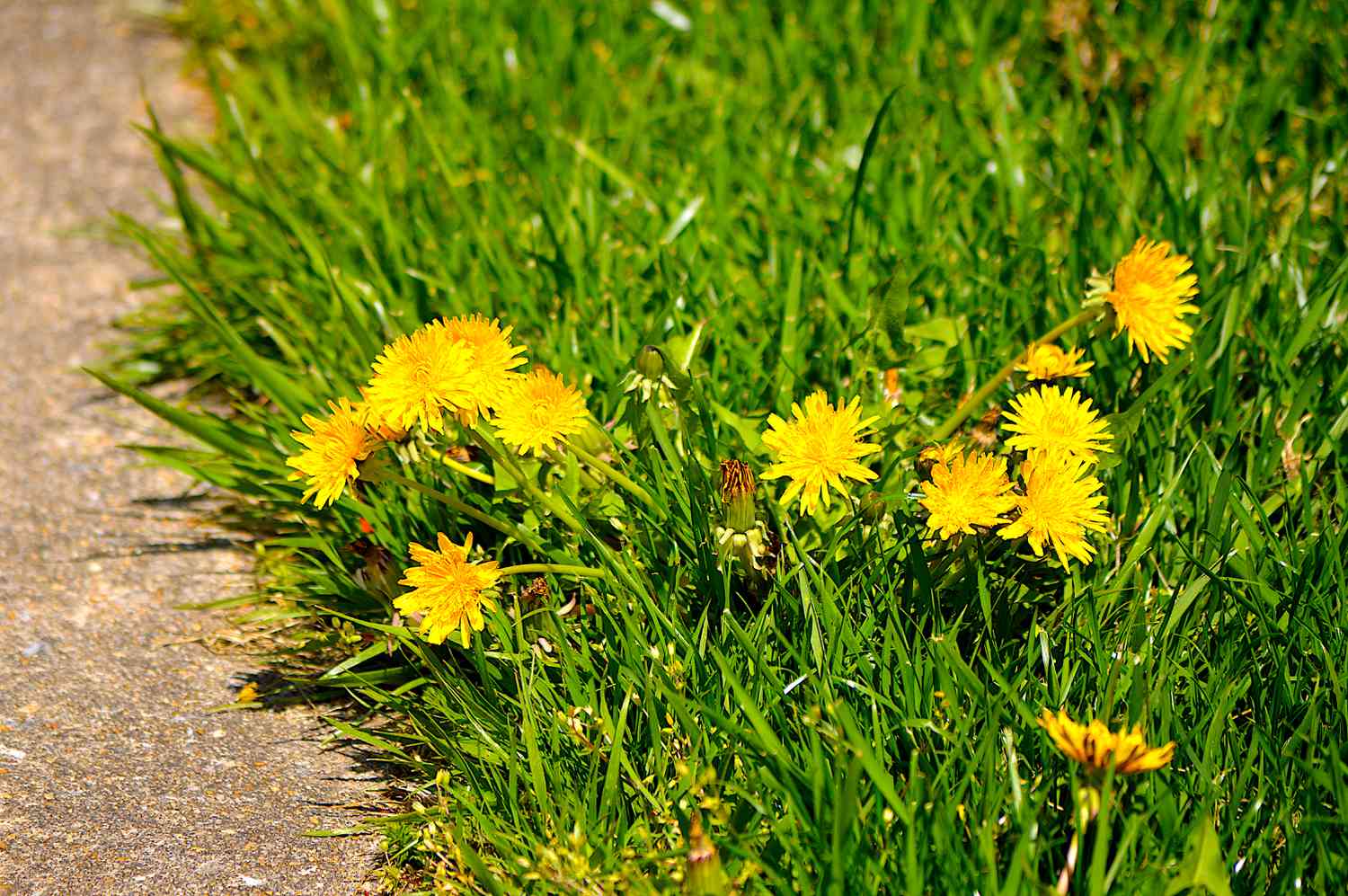
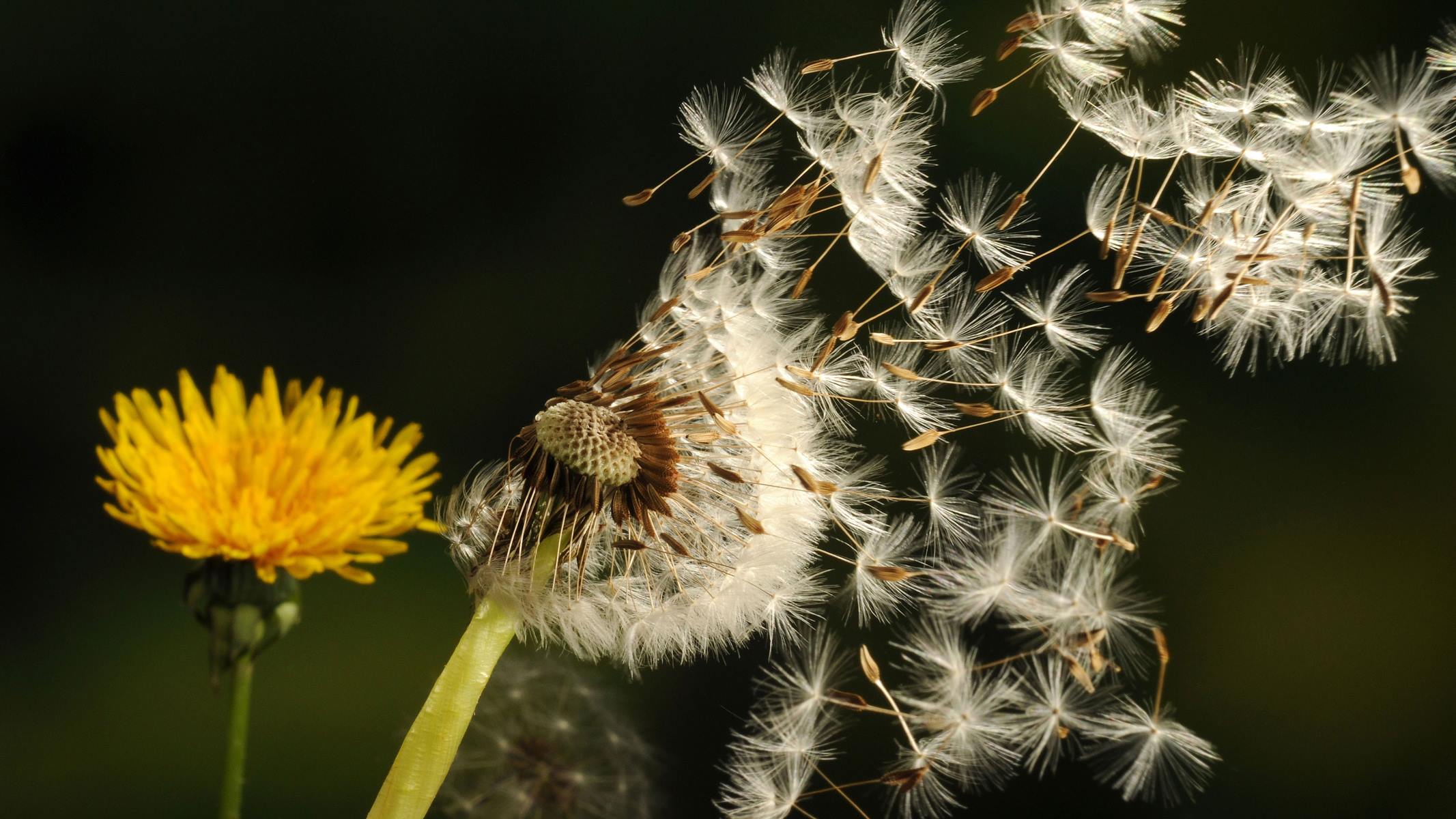
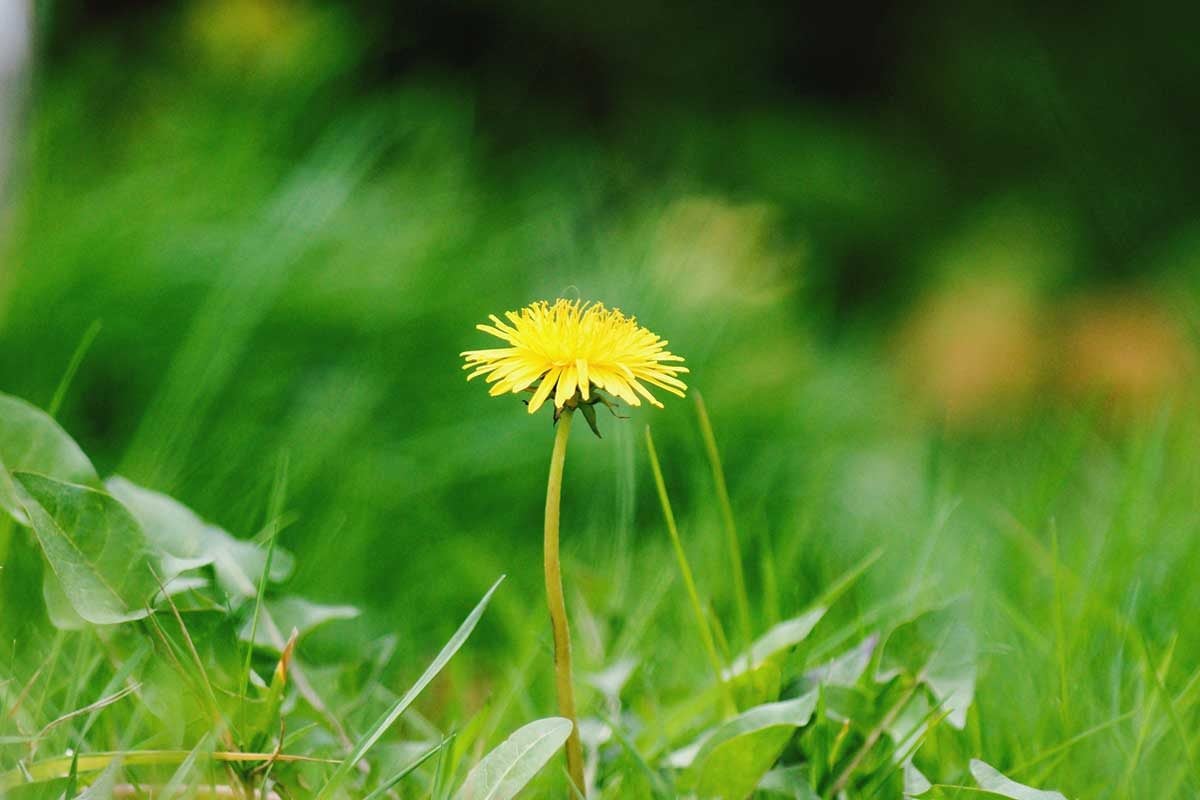
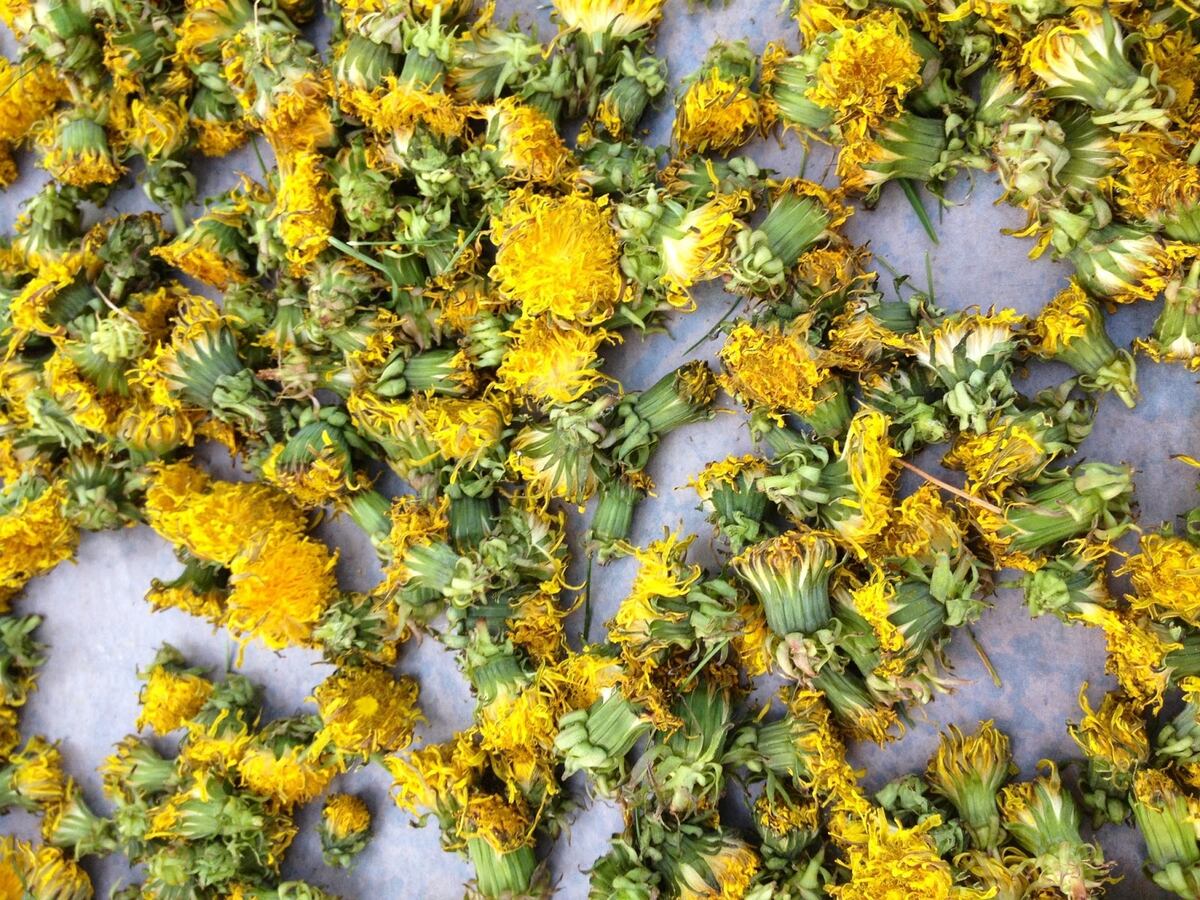
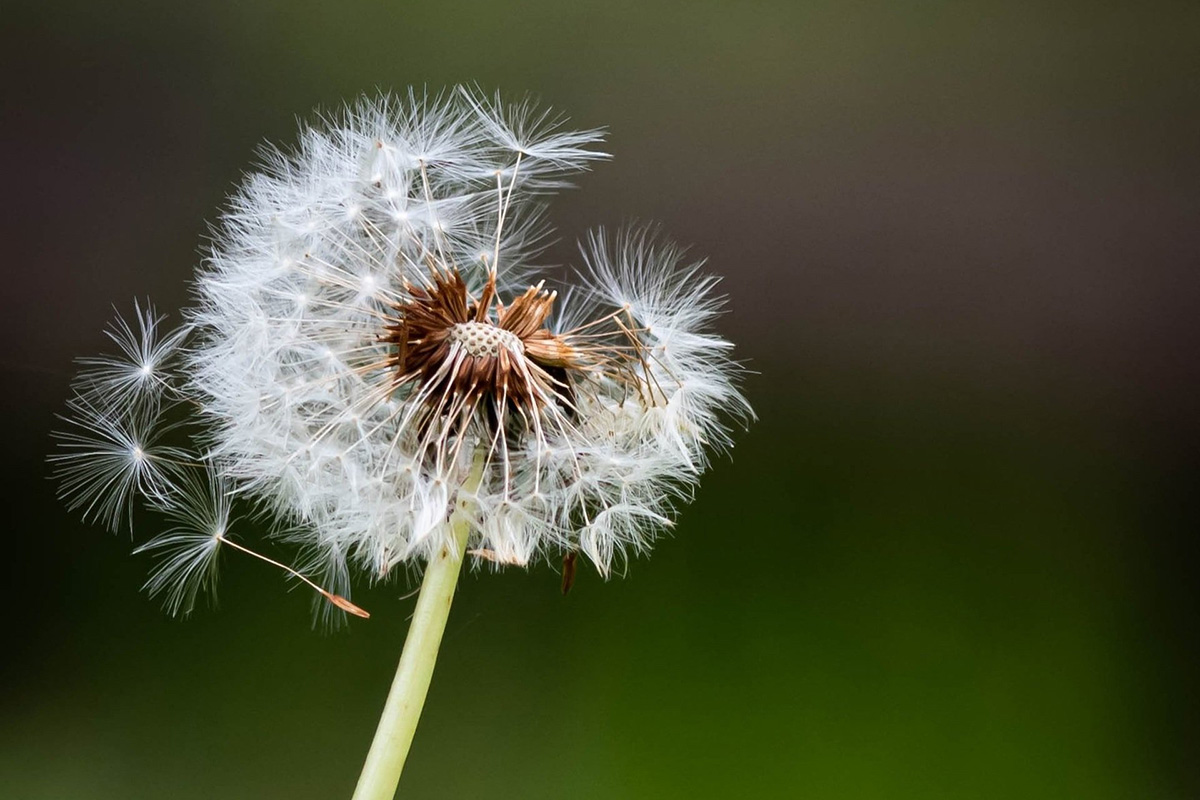
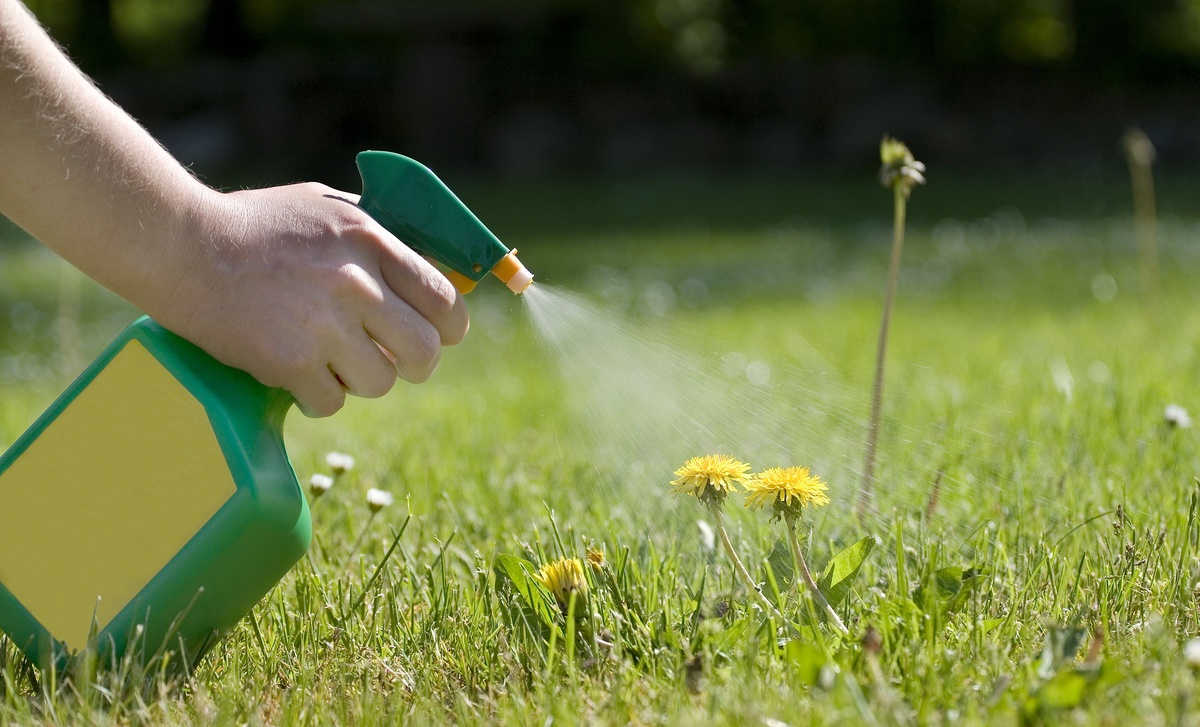
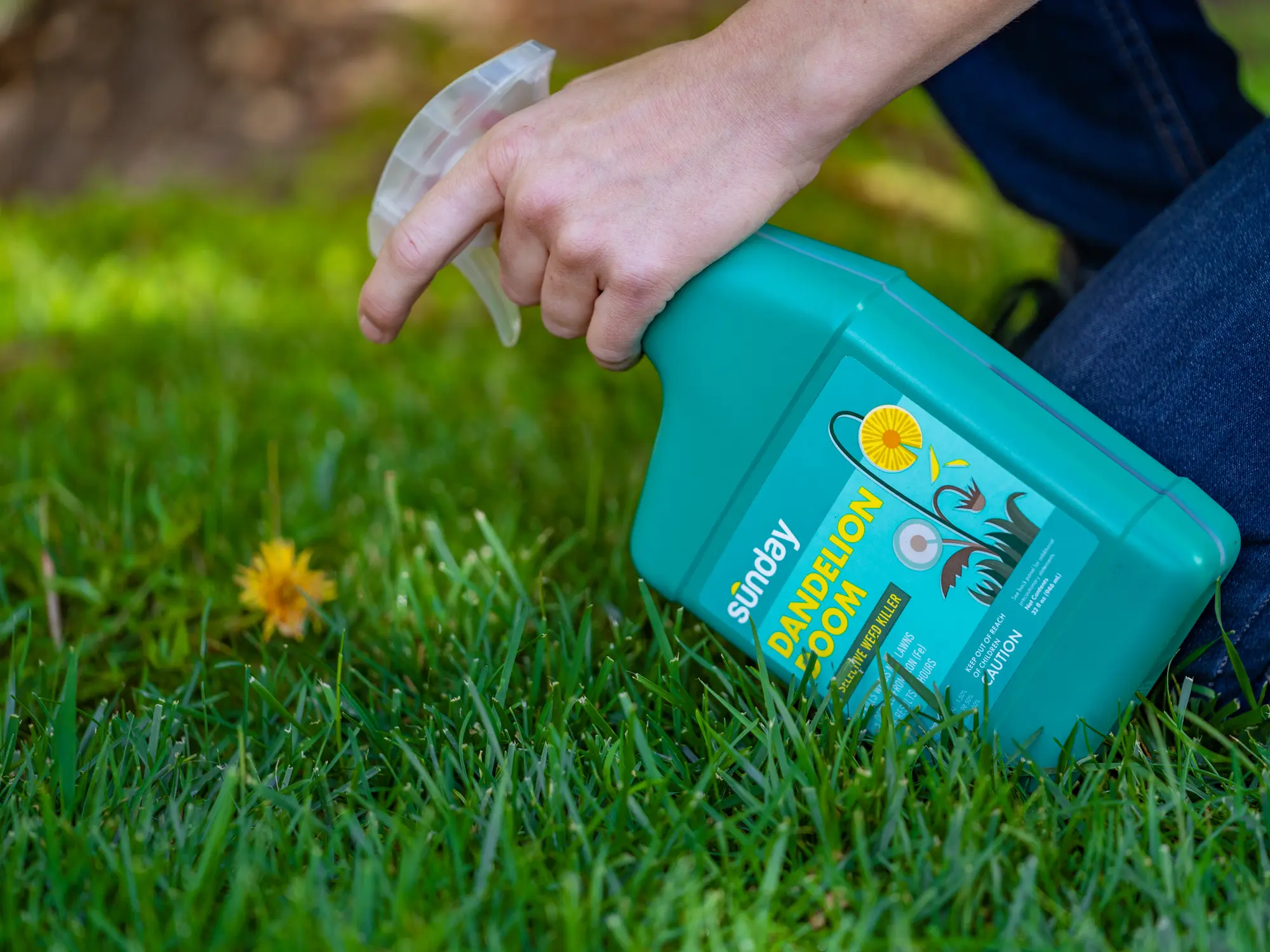








0 thoughts on “How To Store Dandelions”